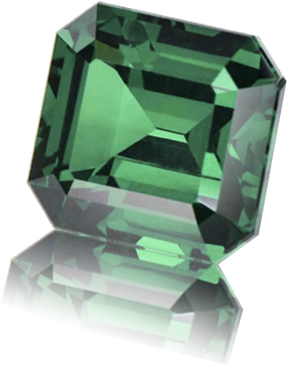

We are currently closed. We will be Re-opening Last Week of November.
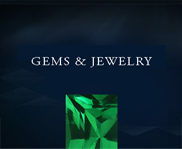
Learn the difference between White Gold, Rose Gold and Yellow Gold. Why 18 karat gold is more expensive than 9 karat gold. What is gold plating and gold filling? All your questions answered....
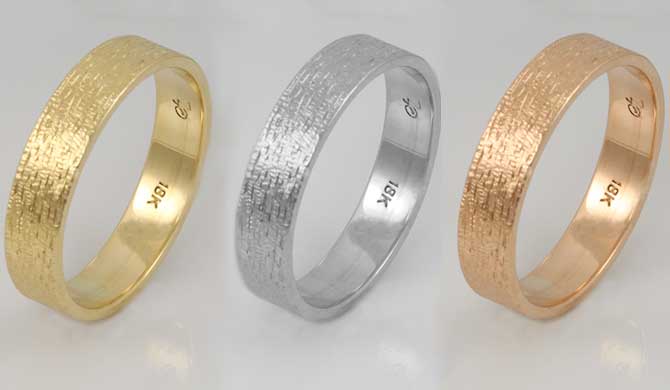

Did you Know... by law, gold must have a karat stamp, a hallmark, on it somewhere indicating its karat rating. Anything below 10K gold can not be sold as gold in the United States, though 9K and 8K old is sometimes sold as gold in other countries?




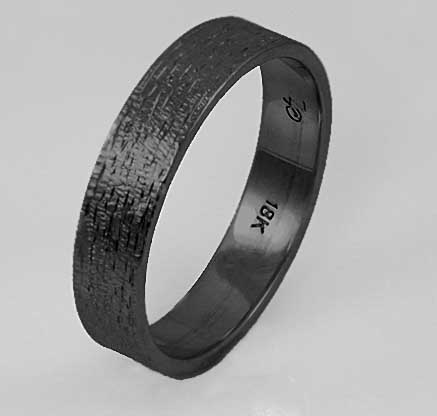
Educated at the University of Exeter and a key part of our team here at The Rare Gemstone Company, Nicky has been fascinated by gemstones and jewelry since childhood. She explores all areas of the industry in her blog and revels in the proximity to gems and jewels that working at the source of some of the world’s most beautiful and rarest gemstones provides her.

Aquamarine is the official March Birthstone, reminiscent of the of the sea and believed to be a powerfully soothing influence on relationships, hence why it is considered to be such a perfect gift and one of the world's favorites

If you were born in October you are very fortunate indeed to have such a stunning and versatile gemstone as your birthstone.

The phrase “September blues” often evokes feelings of melancholy and nostalgia. The skies change and the bright, intense summer sky gives way to softer, more muted shades of blue. Not surprisingly this reflects several gemstones all a spectrum of Blue
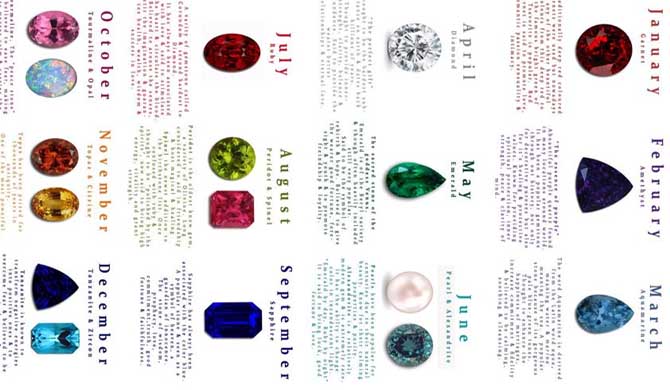
There has always been a human “need” to own and wear minerals that have been believed to be sacred or special and this has spurred us to collect them. Perhaps this is the lure to have our birth month represented by a wonderful natural mineral


 USA : 1 888 281 3678
USA : 1 888 281 3678 Canada : 1 888 281 3678
Canada : 1 888 281 3678  United Kingdom : 0800 368 6128
United Kingdom : 0800 368 6128 Australia : 1 800 940 788
Australia : 1 800 940 788Direct : +254 20 2641700
Office Hours 9am to 5:30pm Monday to Friday

Direct your questions about shipping, returns,
payments and any other queries

If you can't find what you are looking for in our regular collections,
submit a Special Request and let us cut / source it for you. You will be
notified by email if we find a gem that matches your specs.

Your Product has been successfully added to the cart.

Thank You for submitting a Special Request .
We will notify you by email when we find gems that match your specifications and may interest you.
You can see and manage your special requests in your account by loggin into your account and clicking on the link Special Requests.

MESSAGE SENT
We will respond shortly
ASK A GEMOLOGIST FEATURE
Terms and Conditions of Use
Use of our acclaimed Ask a Gemologist feature which affords you access to certified GIA gemologists is free of charge. However, you agree to the following tenets when you use the Ask a Gemologist feature:
1. You will be signed up as a member of theraregemstonecompany.com with all the rights and privileges of membership.
2. Questions addressed to the Gemologist panel must be related to our business. Questions unrelated to gemstones or jewelry on our website will not be answered.

FRIEND REFERRAL ADDED SUCCESSFULLY
Our system has opened them a Member's Account and sent them
an introduction email. If they purchase off the site, 6% of the sale
will automatically be credited to you EAG Account Statement

NO ITEMS FOUND WITH THAT ID
Thanks for your email .
We will reply shortly.
